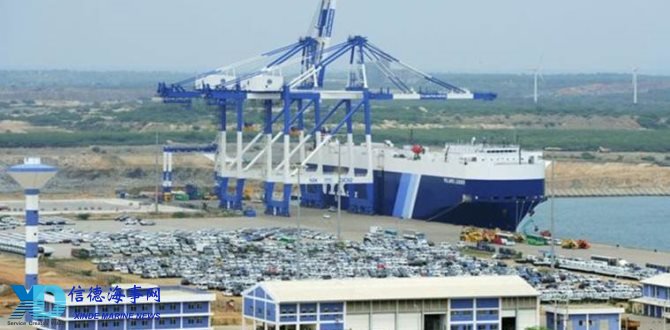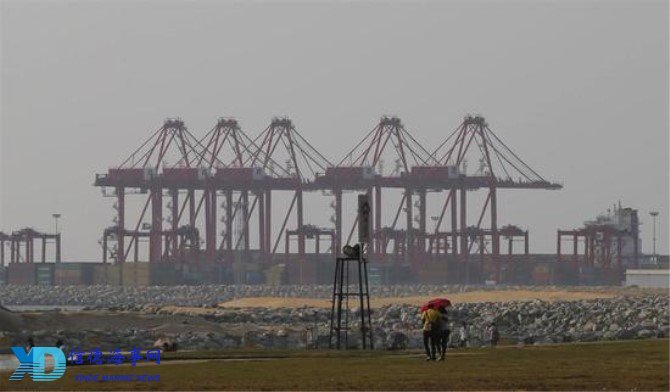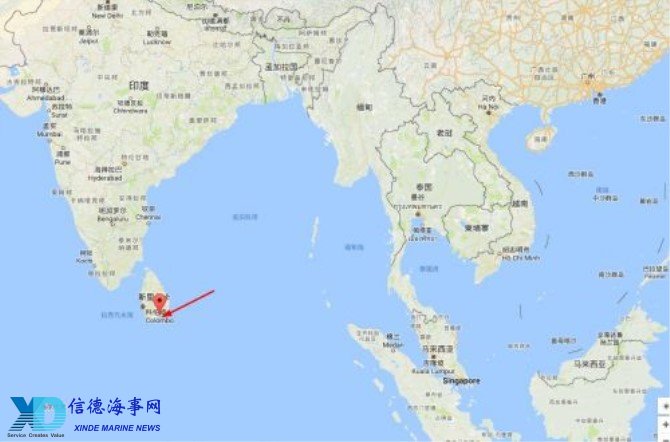
SRI Lanka’s government on Saturday signed a long-delayed agreement to sell a 70 percent stake in a US$1.5 billion port to China in a bid to recover from the heavy burden of repaying a Chinese loan obtained to build the facility.
The agreement comes after a nearly six-month delay since the signing of the framework deal.
The document was signed between the government-run Sri Lanka Ports Authority and the state-run China Merchants Port Holding Co in the capital, Colombo, in the presence of senior government officials from Sri Lanka and China.

According to the agreement, the Chinese company will invest US$1.12 billion in the port, which sits close to busy east-west shipping lanes.
The Chinese firm will hold 70 percent stake in a joint venture with SLPA to run the port, part of a plan to convert loans worth US$6 billion that Sri Lanka owes China into equity.
“We thank China for arranging this investor to save us from the debt trap,” Port Minister Mahinda Samaraasinghe told the gathering in Colombo port where the deal was signed.
Two local companies whose shares will be split between the Chinese enterprise and the SLPA will be set up to handle the port’s operations, security and services.
The Chinese company will be responsible for commercial operations while the SLPA will handle security. The lease period is 99 years.
The port’s annual loan repayment commitment stands at US$59 million, and by the end of 2016 the port had suffered a loss of US$304 million, according to the government.
Hu Jianhua, the executive vice president of the China Merchants Port, said the port facilities belong to the citizens of Sri Lanka but will be a key part of China’s massive One Belt One Road initiative to build trade and transport links across Asia and beyond.
“With these maritime infra-structure investments, and other diverse investments such as the proposed international maritime center, Sri Lanka will be well positioned to play a strategic role in the One Belt One Road initiative of China,” Hu said.

The port, located near the main shipping route from Asia to Europe, is likely to play a key role in China’s “Belt and Road” initiative.
Source(s): english.sina.com
投稿或联系信德海事:
admin@xindemarine.com
